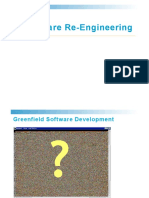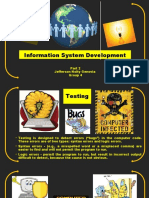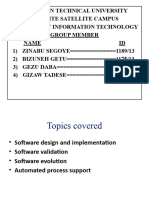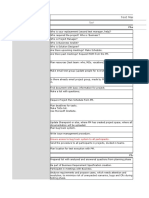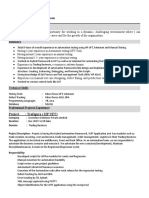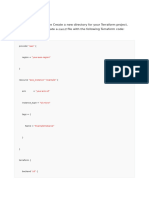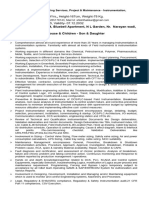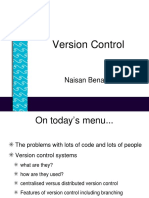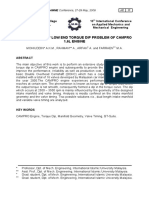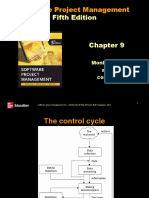0% found this document useful (0 votes)
97 views23 pagesCast@Ibm: Global Coe: Improved Quality and Faster Delivery With Accurate Measurement
The CAST Application Intelligence Platform provides automated code analysis and comprehensive analytics for software development. It analyzes applications, programming practices, architectural design, and more to provide metrics and information to measure, control, and improve application health. The platform includes features like dashboards, an imaging tool, and supports many programming languages and databases. Its benefits include earlier defect detection, reduced testing and rework, improved delivery quality, and savings in transition and maintenance efforts.
Uploaded by
Gopu GaneshCopyright
© © All Rights Reserved
We take content rights seriously. If you suspect this is your content, claim it here.
Available Formats
Download as PDF, TXT or read online on Scribd
0% found this document useful (0 votes)
97 views23 pagesCast@Ibm: Global Coe: Improved Quality and Faster Delivery With Accurate Measurement
The CAST Application Intelligence Platform provides automated code analysis and comprehensive analytics for software development. It analyzes applications, programming practices, architectural design, and more to provide metrics and information to measure, control, and improve application health. The platform includes features like dashboards, an imaging tool, and supports many programming languages and databases. Its benefits include earlier defect detection, reduced testing and rework, improved delivery quality, and savings in transition and maintenance efforts.
Uploaded by
Gopu GaneshCopyright
© © All Rights Reserved
We take content rights seriously. If you suspect this is your content, claim it here.
Available Formats
Download as PDF, TXT or read online on Scribd
/ 23
















